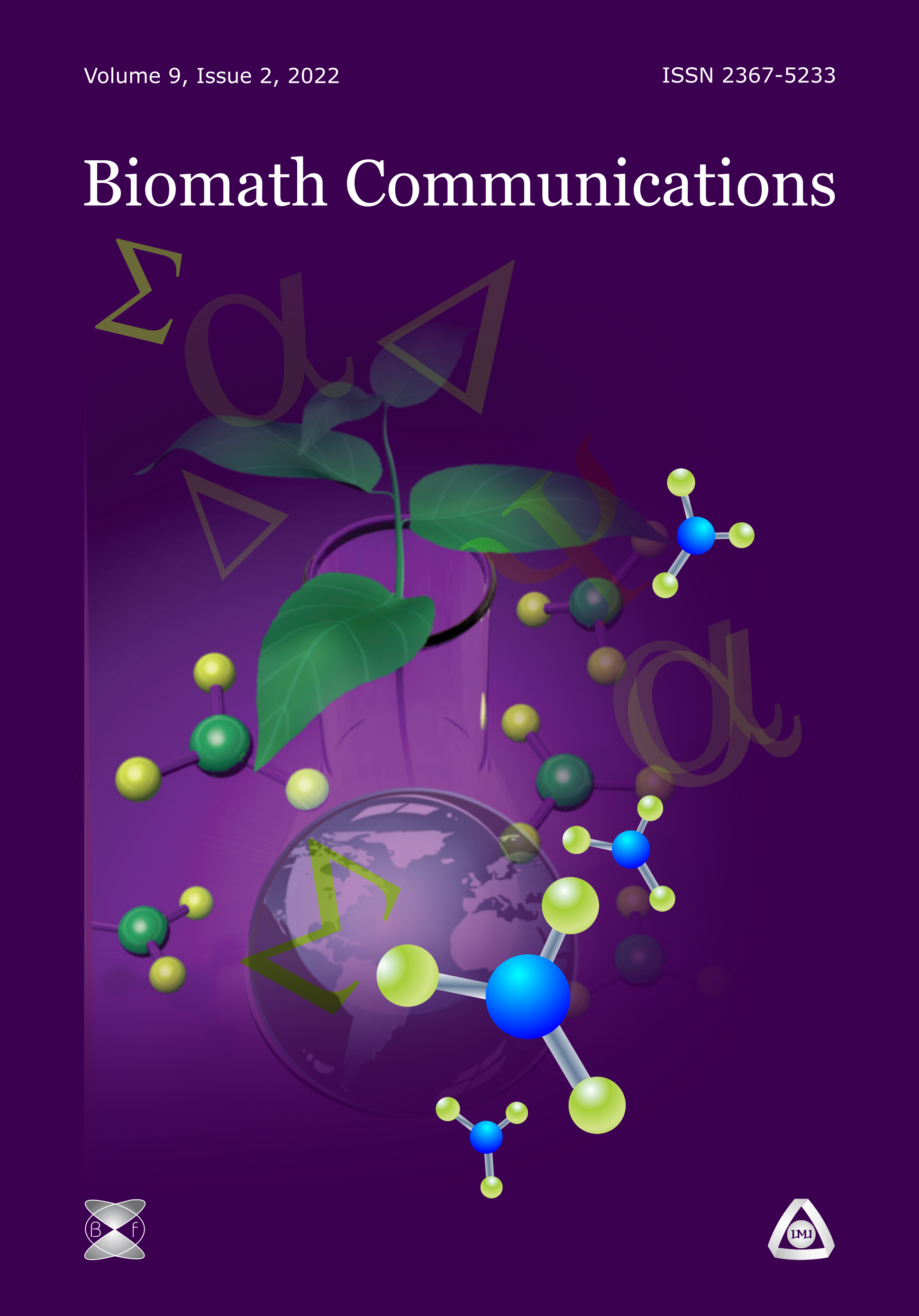Assessment of Different Approaches to Model and Simulate Supraventricular Tachycardias
DOI:
https://doi.org/10.11145/cb.v3i1.627Abstract
Supraventricular tachycardias are arrhythmias arising at or above the AV node in the heart. Since they are considered to be not as dangerous as many other cardiovascular diseases, there are only few studies focussing on this group of abnormal electrical activity. This study aims at examining mathematical tools to model these arrhythmias. Furthermore, we bring together different approaches in a comperative way while presenting also simulation results. A set of partial differential equations called the bidomain model dominates the attempts to model electrophysiologically accurate. Based on the bidomain model is the multifunctional open-source framework Chaste [1]. Nonetheless, more approximative ways comprise advantages in computational speed. Cellular automaton models such as the Virtual Heart Model [2] suit in this respect. The approaches share the giving opportunity to demonstrate mechanisms of the cardiac excitation propagation. For instance, the understanding how abnormal activity correlates with electrocardiogram changes can be improved.
References
[1] Mirams GR, Arthurs CJ, Bernabeu MO, Bordas R, Cooper J, Corrias A, et al. , Chaste: An Open Source C++ Library for Computational Physiology and Biology, PLoS Comput Biol 9(3): e1002970, 2013
[2] Zhihao Jiang and Allison Connolly and Rahul Mangharam, Using the Virtual Heart Model to Validate the Mode-Switch Pacemaker Operation, 32nd Annual International Conference of the IEEE Engineering in Medicine and Biology Society (IEEE EMBC), 2010
Downloads
Published
Issue
Section
License
The journal Biomath Communications is an open access journal. All published articles are immeditely available online and the respective DOI link activated. All articles can be access for free and no reader registration of any sort is required. No fees are charged to authors for article submission or processing. Online publications are funded through volunteer work, donations and grants.
Authors who publish with this journal agree to the following terms:
- Authors retain copyright and grant the journal right of first publication with the work simultaneously licensed under a Creative Commons Attribution License 4.0 that allows others to share the work with an acknowledgement of the work's authorship and initial publication in this journal.
- Authors are able to enter into separate, additional contractual arrangements for the non-exclusive distribution of the journal's published version of the work (e.g., post it to an institutional repository or publish it in a book), with an acknowledgement of its initial publication in this journal.
- Authors are permitted and encouraged to post their work online (e.g., in institutional repositories or on their website) prior to and during the submission process, as it can lead to productive exchanges, as well as earlier and greater citation of published work (See The Effect of Open Access).

